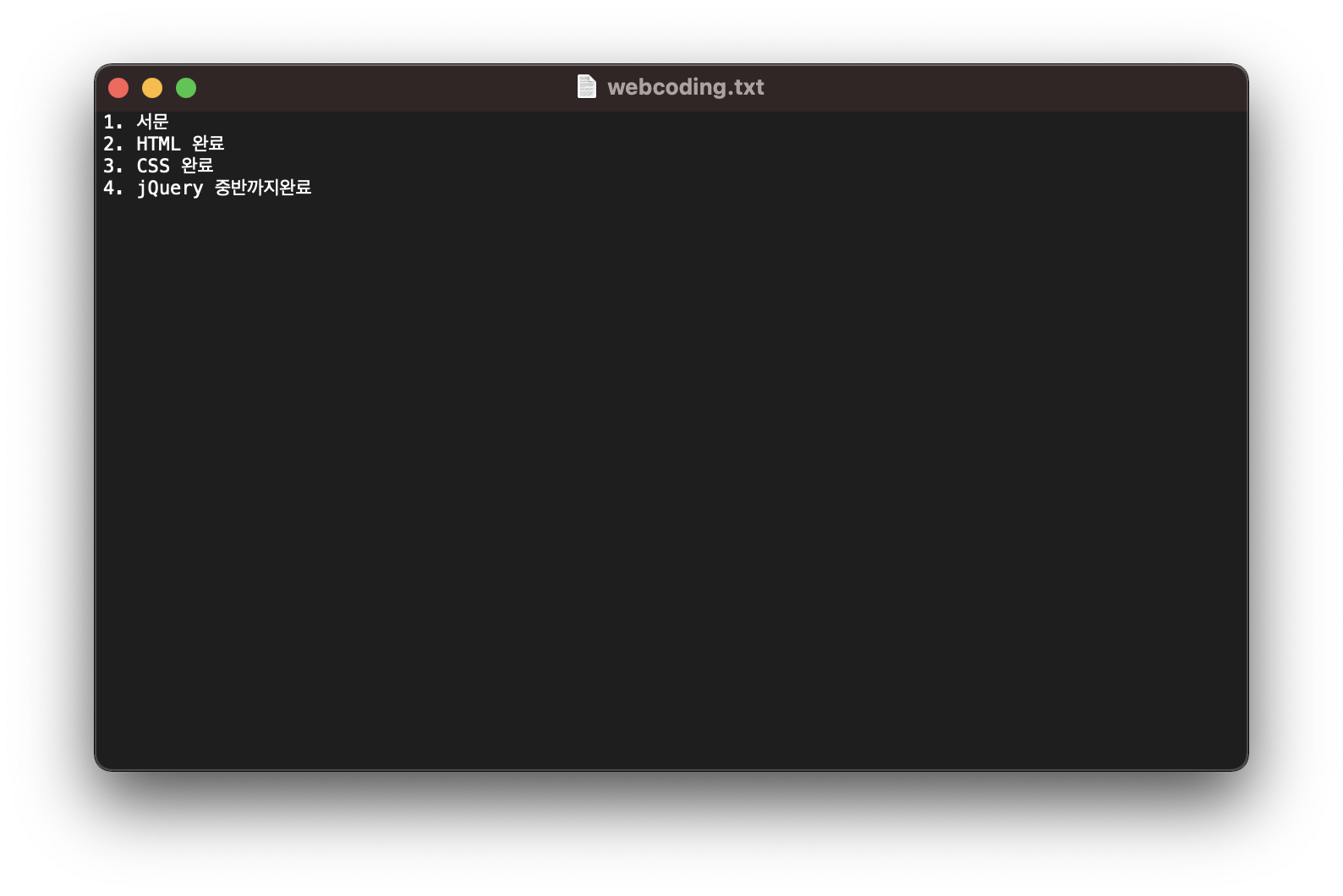

- #Github desktop pull from another branch how to#
- #Github desktop pull from another branch update#
- #Github desktop pull from another branch code#
Some workflows require or benefit from rebasing instead of merging. For more information, see " Merging another branch into your project branch" and " Sobre solicitação de pull." To request that changes from your branch are merged into another branch, in the same repository or in another repository in the network, you can create a pull request on GitHub Desktop. To apply changes to your branch from another branch in the same repository, you can merge the other branch into your branch on GitHub Desktop. To add changes from one branch to another branch, you can merge the branches. For more information, see " Enviar alterações por push para o GitHub do GitHub Desktop."
#Github desktop pull from another branch update#
To update your branch on GitHub, you must push your changes. When you pull to your local branch, you only update your local copy of the repository. If you make commits from another device or if multiple people contribute to a project, you will need to sync your local branch to keep the branch updated. Upon completion, re-check this box again and save.You can sync your local branch with the remote repository by pulling any commits that have been added to the branch on GitHub since the last time you synced. For security reasons, once you’ve saved the new setting, use this moment to quickly run the force push command on Terminal.

Once you’re redirected to the Edit page, uncheck “Protect this branch” and hit Save Changes. Now, go to your repository on GitHub > Settings > Branches and under “Protected Branches”, click on Edit for the branch you want to force push into. To proceed, you will need to have high level permissions (at least write permissions, I think). This is a really good idea, but it stands in the way of this task. GitHub has a protected branch feature that prevents force pushes to certain branches in a repository. Unable to force push into protected branch
#Github desktop pull from another branch code#
Using our team’s example, everyone had to run git fetch -all and git reset -hard origin/master from their local master branch in order to synchronise with the remote’s.įorgetting to do so may cause some mess, so remember to announce to the whole team twice that you’d just rewritten a remote branch’s code and history, and get them to run the necessary commands before continuing work. Team members’ local branch became off-sync with remote’s Below are some of them and how I worked around them. But I faced some difficulties along the way the first time. I’ve tried it a few times now, and it always perfectly duplicates the code and git history of one branch into another.
#Github desktop pull from another branch how to#
How to completely replace one branch’s code and git history with another Or more accurately, we force-pushed the staging branch into the master branch. It just felt cleaner, and it probably also represents the state of the 2 branches more clearly as being in sync as they ought to be. However, even after figuring this out, we still wanted to square off the differences between staging and master by replacing master’s git branch code and commit history.

That was the reason for the commit count mismatch. Each PR created one extra commit on master. It’s just that whenever we close a pull request (PR) on GitHub, our team protocol is to hit the “Merge” button, which merges all the commits from the PR into master, but not without adding one extra commit at the top called the “merge commit”. Code that exist on master must therefore already exist in staging, right? That shouldn’t be the case, because our deployment pipeline has always been to go from feature -> staging -> master. How to completely replace git branch code with another branch's code published: Īt work recently, our CTO noticed that our main repository’s staging branch had over 80 less commits than master.


 0 kommentar(er)
0 kommentar(er)
